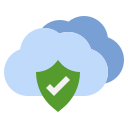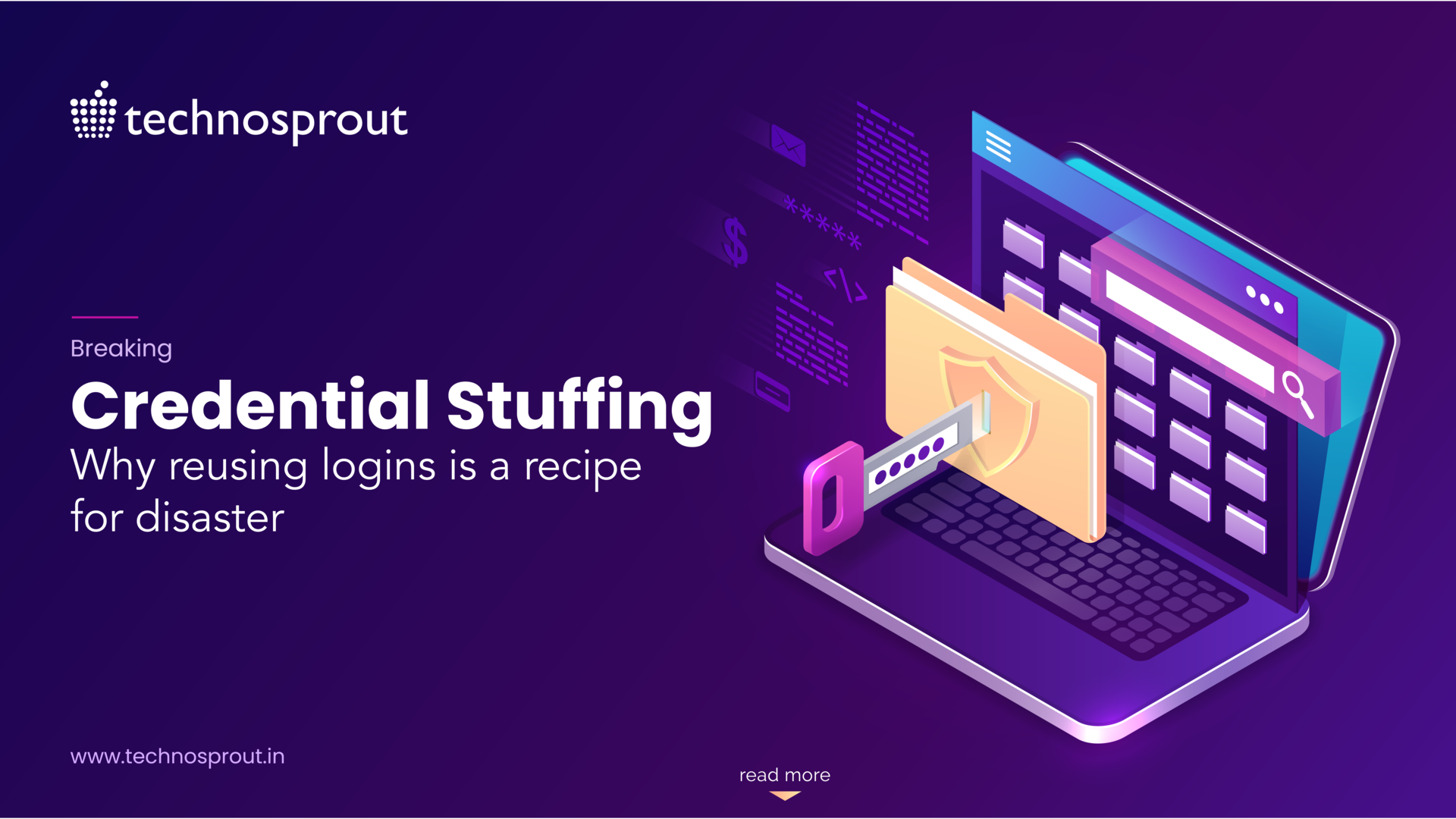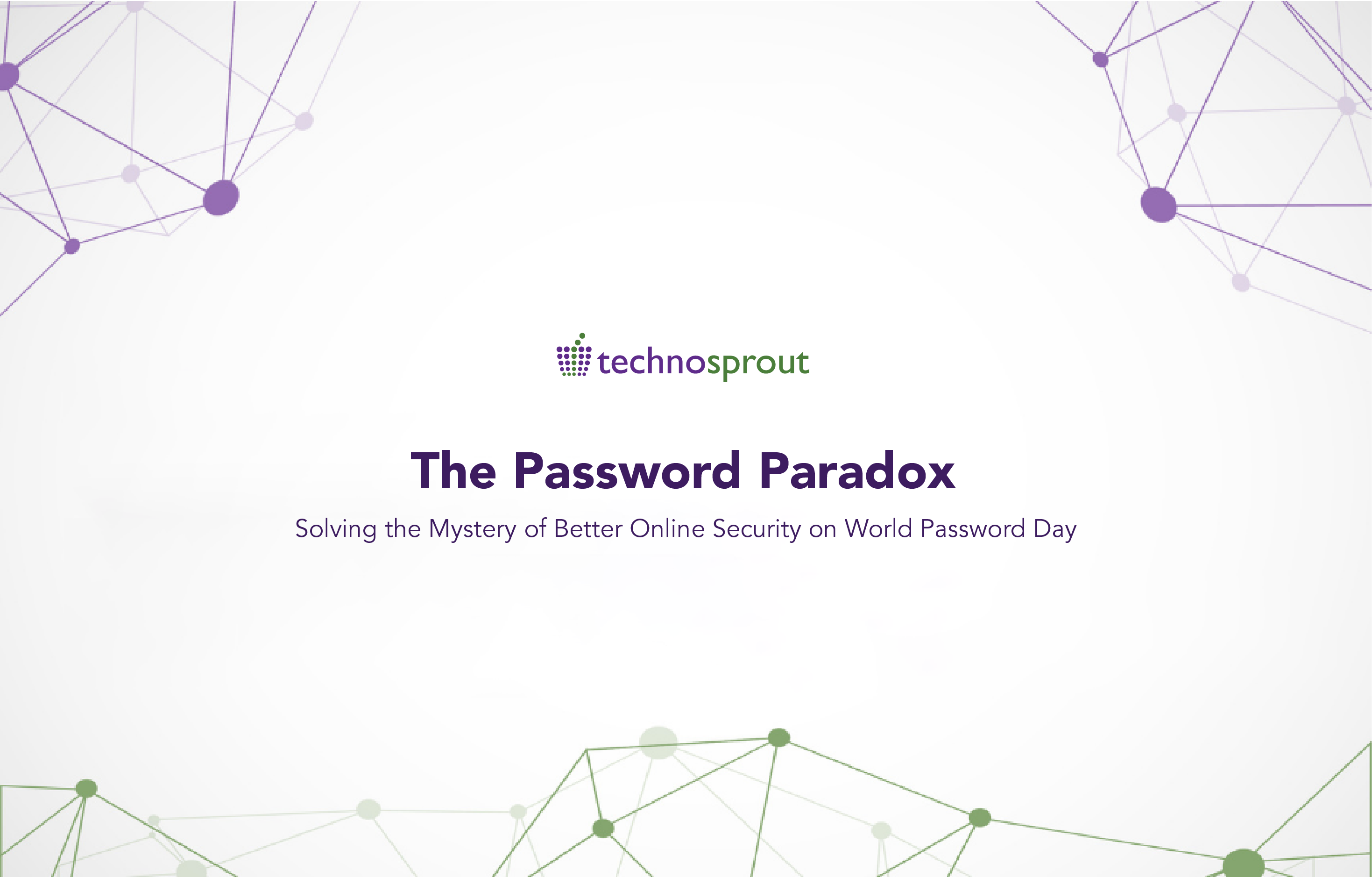Enterprises today work with a massive volume of sensitive data and also perform various operations with this data. The move to the cloud has changed all aspects of the application development lifecycle – security being foremost among them. Security and DevOps teams face a growing number of entities to secure as the organization adopts cloud-native approaches.
An online analysis done by Gartner states that- by 2020, 80% of the cloud breaches will be caused due to customer misconfigurations, wrongly-managed credentials, or even insider thefts. However, cloud breaches will not be a result of the cloud provider’s vulnerabilities. To prevent such breaches organizations have started implementing cloud security solutions to protect their data.
A successful cloud security framework is dependent on the pillars that follow a sequential cycle. In this sequential cycle, every pillar is dependent on the pillar, just preceding it. Any business organization that follows this methodology is successfully able to create a framework that can support cloud strategies as well as optimize the complete security of the cloud.

So, the following are the pillars that determine effective cloud security:
Pillar #1: Identity Access Management
Managing a large number of privileged users with access to an ever-expanding set of sensitive resources can be challenging. In a cloud-based infrastructure, Identity Access Management allows the IT administrators of the organization to authorize any specific user who will be able to access the specific resources on the cloud and perform certain tasks/actions on them. You need to leverage the identity of cloud resources to enforce security policies and ensure secure user behavior across your cloud environments. Here are a few key points you need to think about:
Enforcing governance policies to ensure that users and resources behave only as intended and do not introduce risk to the environment.
You need ensure least-privileged access to cloud resources and infrastructure and decouple user permissions from workload permissions.
Leverage tags and metadata to assign a logical identity to applications and workloads.
Continuously analyze the behavior of users and resources in your cloud to detect and prevent anomalous behavior, such as an admin logging in from an unknown location or a container accessing a file it should not be able to access.
Pillar #2: Network Security
It is important to secure networks and enforce microsegmentation across hybrid environments. Most of the organizations fail to initiate the framework of cloud security built around network security. However, this network security is entirely different from Cloud Security. In this security model, it is a shared responsibility model under which the cloud ecosystems operate and guarantees the network security. A few important points to keep in mind while implementing network security:
Ingesting network traffic flow logs from multiple sources, and gaining deep visibility into network behavior helps detect and prevent anomalies.
Micro-segmentation creates secure zones in data centers and cloud deployments thereby segmenting workloads from each other, securing everything inside the zone, and applying policies to secure traffic between zones. Enforcing cloud-native
Introduction of firewalls and Web Application Firewalls comes in handy for the cloud by offering security at different stages. You can read our blog on how to replace firewalls with Cloud delivered Security.
Pillar #3: Visibility, Governance, and Compliance
The first step to a strong security posture is deep, contextual visibility. It is important to get an insight into all cloud entities and show how the relationships among them affect your security posture. Achieving cloud security visibility requires comprehensive and continuous discovery and assessment of all assets. This helps an organization achieve two crucial goals that include understanding and managing security risk, and achieving compliance
Dynamically discovering new resources upon deployment in the cloud and tracking historical changes for auditing purposes will help gain a unified view of your security and compliance posture across the full cloud native stack, complete application lifecycle and cloud environments.
Continuous monitoring of all cloud resources for misconfigurations, vulnerabilities and other security threats along with Enforcing government- and company-mandated compliance requirements using the industry’s most complete library of compliance standards is a pivotal step.
Continuously monitoring cloud storage for security threats, such as unencrypted storage volumes and governing file access will help protect sensitive data and prevent leaks.
It’s important to Gain visibility and enforce governance policies across the entire application development lifecycle, from IDEs, SCM and CI tools to production environments running workloads as well as cloud services across multiple clouds.
Pillar #4: Compute-Based Security
The cloud-native landscape is constantly evolving with new technologies and levels of abstraction. Hosts, containers, and serverless workloads provide unique benefits and have different security requirements. This component is both an analytical process and a strategy used to identify information that can be exploited by an attacker and used to collect critical information that could damage an organization’s plans or reputation. Here are some key points to keep in mind:
It’s important to detect and prevent vulnerabilities and misconfigurations throughout the entire development process.
A powerful combination of web traffic inspection and runtime defense (RASP) needs to be implemented to protect applications and APIs.
Runtime security measures need to be implemented to prevent threats and anomalies across hosts, containers, serverless functions and orchestrators.
Integrating security into IDE, SCM and CI workflows helps security teams prevent compromised assets from ever progressing down the pipeline.
In Conclusion:
Cybersecurity is today an essential part of any enterprise functionality. No matter how big or small, every enterprise is vulnerable to data breaches. Once the business organization has identified the pillars of Cloud security and have successfully come up with a strategy for filling any gaps, they then just need to deploy & leverage the services of a trusted managed security provider. A managed security provider helps in implementing various tools and processes for allowing an actionable Cloud security framework to take place. The managed security also ensures that these frameworks don’t hinder the Cloud migration processes and remain an indispensable component of the complete security framework for an organization. End users are then able to focus on the real value they intend to extract from the cloud: digital and operational transformation.
Visit our website to know more about how you can enhance your cloud security and prevent data breaches from the cloud.






2 Responses
An insightful and concise guide highlighting the fundamental pillars of cloud security. A must-read for anyone seeking to fortify their digital infrastructure and safeguard valuable data. Kudos to the author for shedding light on such a crucial topic!
perferendis sed dolore quia aut eum harum harum et rerum ipsum aut quo. aperiam ut eaque maiores tempore perferendis rerum est ut omnis nulla. praesentium nisi ad vel adipisci quia illum molestiae voluptatem debitis ad error fuga voluptatum quisquam quia placeat est voluptatem aut et.